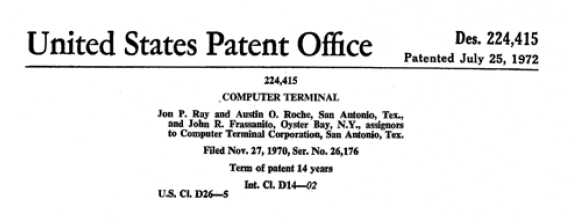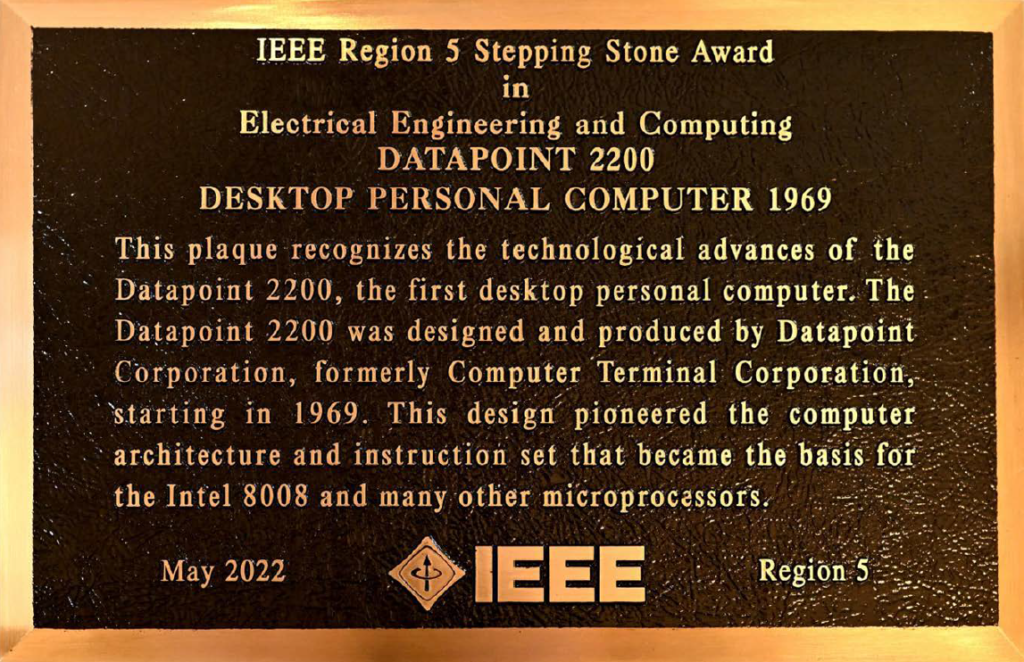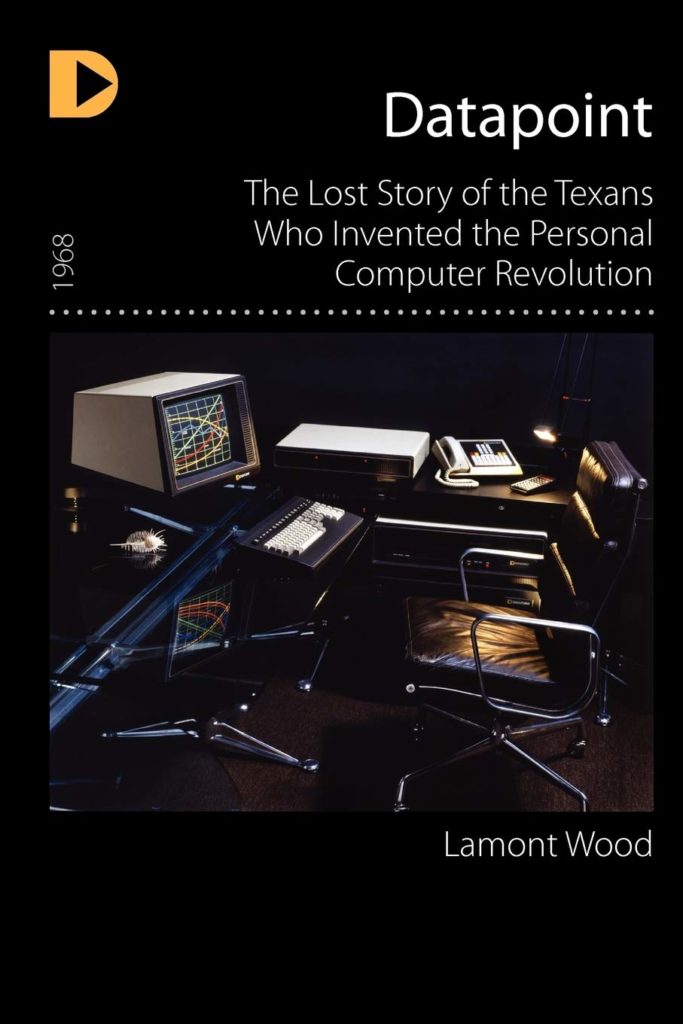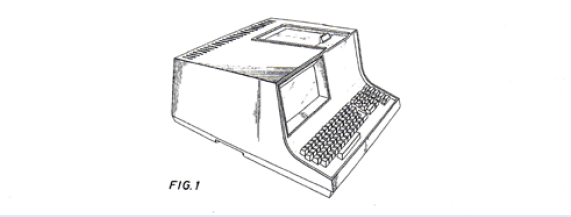IEEE Stepping Stone Award: Datapoint 2200 the First Personal Computer
On Saturday, May 28, 2022, IEEE Regional, Sectional, and local governmental agencies came together to celebrate an achievement in technology over 53 years ago. That achievement was the Datapoint 2200 which was the first of a new breed of computers that were designed not for engineers to use, but for ordinary people. Prior to 2200, the smallest computers were minicomputers that utilized awkward switch registers, register lamps, and a bootstrap loader that loaded the operating system from paper tape or 9 track tape. These mini-computers were typically on a 19” relay rack-mount, with external storage devices and displays, and didn’t feature office or personal applications that we enjoy today.
I recommend the book “Datapoint: The Lost Story of the Texans Who Invented the Personal Computer Revolution” by Lamont Wood
So forget Apple and IBM. For that matter forget Silicon Valley. The first personal computer, a self-contained unit with its own programmable processor, display, keyboard, internal memory, telephone interface, and mass storage of data was born in San Antonio TX. US Patent number 224,415 was filed on November 27, 1970, for a machine that is the direct lineal ancestor to the PC as we know it today.

Can you imagine Oil, Gas, Brisket, TexMex, and maybe Silicone Texas?
The story began in 1968, when two Texans, Phil Ray, and Gus Roche, founded a firm called Computer Terminal Corporation. As the name implies their first product was a Datapoint 3300 computer terminal replacement for a mechanical Teletype. However, they knew all the while that the 3300 was only a way to get started, and it was cover for what their real intentions were – to create a programmable mass-produced desktop computer.
They brought in Jack Frassanito, Vic Poor, Jonathan Schmidt, Harry Pyle, and a team of designers, engineers, and programmers to create the Datapoint 2200. In an attempt to reduce the size and power requirement of the computer it became apparent that the 2200 processor could be printed on a silicon chip. Datapoint approached Intel who rejected the concept as a “dumb idea” but they were willing to try for a development contract. Intel belatedly came back with their chip but by then the Datapoint 2200 was already in production. Intel added the chip to its catalog designating it the 8008. A later upgrade, the 8080 formed the heart of the Altair and IMSI in the mid-seventies. With further development, it was used in the first IBM PC-the PC revolution’s chip dynasty. If you’re using a PC, you’re using a modernized Datapoint 2000.
This is a must-read book!
Article submitted by: Christopher Sanderson, SMIEEE, IEEE R5 South Area Chair, Houston Section Chair, IEEE-HKN Board of Governor, Region 5-6 2021-2023, NSBE PI SIG Co-Director



